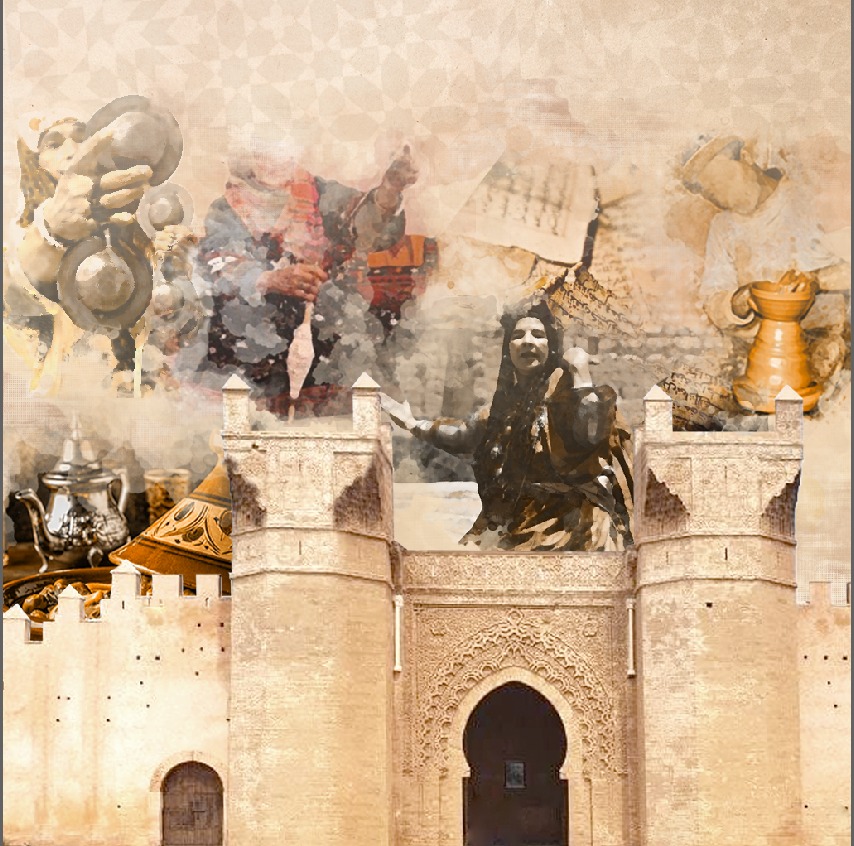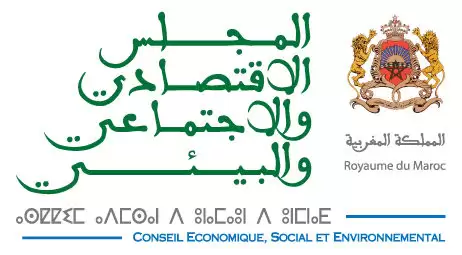
ASA-C5-102021-55-7092
Based on a diagnosis shared by key stakeholders, the CESE calls for the adoption of a national strategy for the protection, safeguard and promotion of cultural heritage, to be devolved and implemented following the principle of subsidiarity on the most local level.
Morocco has an extremely rich and valuable tangible cultural heritage. It is the first country in Africa and the Arab world with great many inscriptions of properties and sites with characteristics of exceptional value on UNESCO’s World Heritage List. Morocco also has a rich trove of complex expressions of intangible heritage in the form of religious rituals, traditional food practices, music, dancing, dress and fashion, craftsmanship, etc.
In its very earnest desire to safeguard and promote its cultural heritage, Morocco launched several projects and initiatives backed by international bodies. This has earned our country huge international recognition for its rich tangible and intangible cultural heritage and increased its attractiveness as a destination for cultural tourism.
Despite these advances, Morocco has proven to be lagging behind in transforming its cultural heritage into an effective tool for development. Cultural heritage – in its tangible and intangible dimensions – is insufficiently recognized and promoted, and very limited resources are allocated to it. Worse even, heritage management is often fragmented and disconnected.
Other difficulties identified are the inadequate inventorying and cataloguing work, the low involvement of local authorities and the private sector in the planning, development and management of cultural heritage, the weak sense of ownership of heritage among civil society and local communities, and the slow rate of digitization of cultural heritage.
Based on a diagnosis shared by key stakeholders, the CESE calls for the adoption of a national strategy for the protection, safeguard and promotion of cultural heritage, to be devolved and implemented following the principle of subsidiarity on the most local level. To achieve this goal, the Council proposes the following measures, among others:
- Consolidate and revitalize the various institutions and operational tools that are at the service of cultural heritage, through:
- Providing the government department responsible for the protection of cultural heritage with the expertise and resources needed to map, inventory, safeguard and promote cultural heritage.
- Transforming Morocco’s National Heritage Institute (INSAP) into a public institution with legal personality and financial autonomy.
- Encouraging partnerships between the National Foundation of Museums (FNM) and private collectors, with the view to expand the offer of museums, open museums up to the wider community and push museums to engage in scholarly research.
- Pay special attention to intangible heritage:
- Producing a series of monographs that reflect the wealth of intangible heritage in each region.
- Strengthening the codification of intangible cultural heritage and increasing its popularization, through academic and scientific work.
- Supporting communities of intangible cultural heritage bearers to ensure the transmission of their heritage from one generation to another.
- Guarantee sustainable national funding and diversify funding sources:
- Involving public-private partnerships and the third sector in safeguarding, rehabilitating and promoting our heritage.
- Encourage tangible and intangible cultural heritage development projects in rural areas (the legacy of historical monuments, ksours, kasbahs, living folk music and folk dance, culinary and other traditions, etc.), particularly in mountainous and/or disadvantaged areas, and incorporating this heritage element into cultural tourism circuits.
- Encourage companies to specialize in the restoration of historic and old heritage sites and buildings.
- Making systematic use of state-of-the-art digital documentation and arching technologies for cultural heritage preservation.
- Engage celebrities of great renown and recognition in society to:
- Bring awareness about the challenges involved in national cultural heritage and history preservation and development.
- Lobby among stakeholders for cultural heritage conservation and promotion, while explore innovative funding practices and models.
